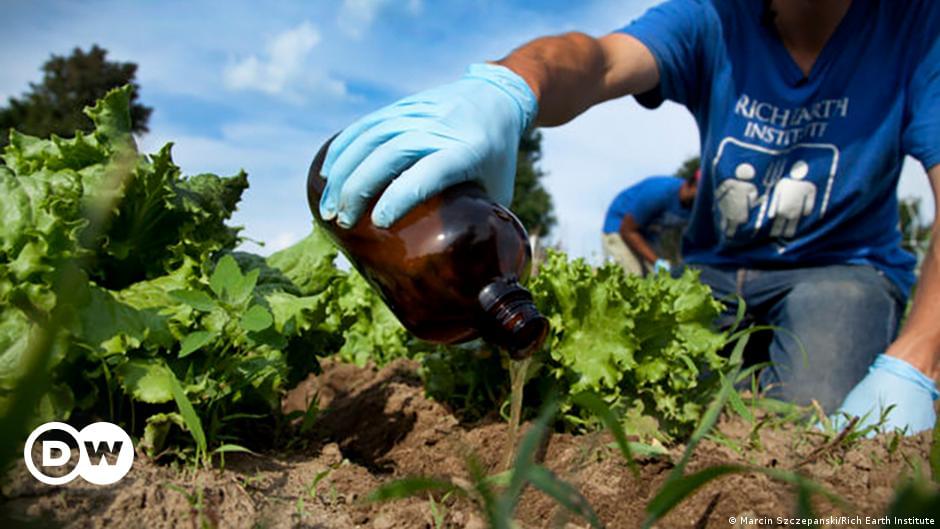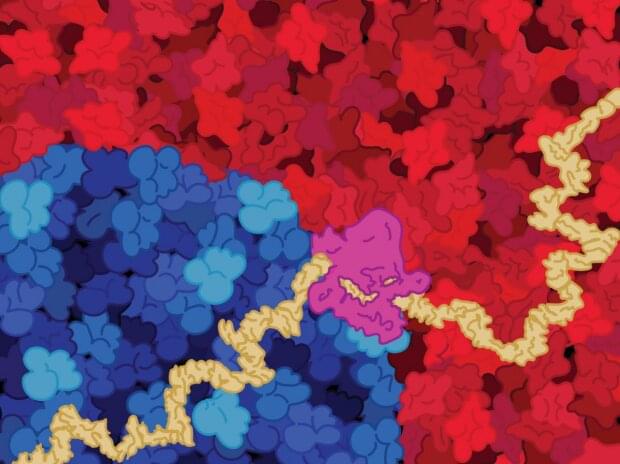Year 2018 face_with_colon_three
Computers are shrinking rapidly. You can build a pretty capable little machine powered by a device like the Raspberry Pi, but that’s still huge compared with IBM’s latest machine. The company that started out selling massive mainframe computers has developed the world’s smallest computer (Opens in a new window). Each one is smaller than a grain of salt, but it packs more computing power than you’d expect.
The micro-computer is a complete system-on-a-chip (SoC) with a processor, memory, storage, and a communication module. The CPU contains several hundred thousand transistors, and IBM says it’s capable of performance on par with an x86 CPU from 1990. That’s not very fast compared with even the slowest modern computers, but it’s impressive for something you can’t see without a magnifying glass. It makes more sense when you look at the impressive developments in other SoC designs. The latest Qualcomm Snapdragon chips are about 1 square centimeter and have more processing power than supercomputers from the early 90s.
The chip is just a prototype right now, but IBM has big plans (Opens in a new window) for this (literally) microscopic computer. It’s touting this as a significant advancement for blockchain technology, but not the same blockchain that’s used to track Bitcoin transactions. A blockchain is merely a distributed ledger that can be used for various purposes. IBM and other companies have been looking for ways to use blockchains without the cryptocurrency attached.









